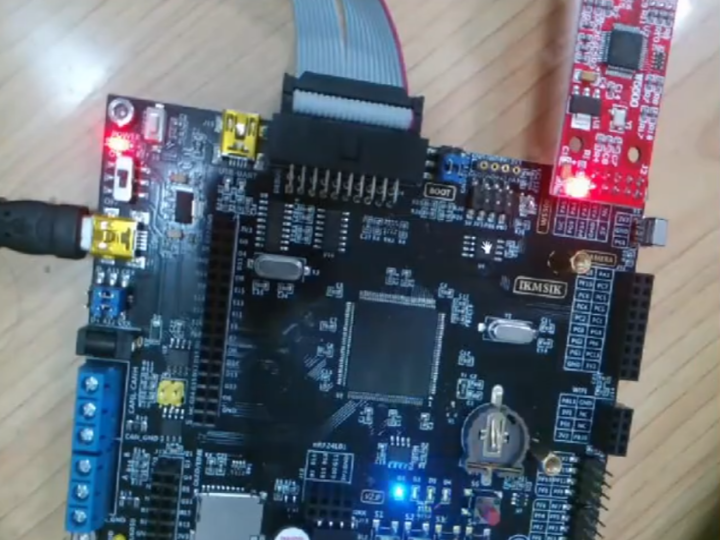[STM32F103ZET6 Development Board] Lecture 3-2-1: W5500 client mode
Lecture on setting up an environment for development in W5500 client mode using [STM32F103ZET6 development board] and W5500 module

Summary
This is an experiment on W5500 client mode. First, the operating principle and periodic characteristics of the W5500 module are introduced, and the hardware design and programming of SSTM32 connected to the W5500 module and communication experiments in client mode are explained. At the same time, a brief introduction to the OSI Open Communications Systems Interconnection Reference Model was also provided. Finally, it focuses on the characteristics and applications of the W5500 chip, including home network equipment, serial port transmission, and websites.
The experiments on the W5500 module include client mode, server and UDP experiments, and aim to understand the operating principles and cyclical characteristics of the W5500, and master the hardware design and programming of STM32 to connect the W5500 module.
The experiment content includes writing programs, query methods, and interrupt methods to control the W5500 module. The W5500 chip is a complete hardware TCPIP embedded Ethernet controller that provides a simple Internet connectivity solution. Learn about the internal structure and operating principles of the W5500 chip, and the peripheral circuitry and performance characteristics of the Acme Technology W5500 module.
The W5500 chip has an internal 32K byte transmit/receive buffer and requires external peripheral circuitry to operate. Acme Technology's W5500 module has high performance and can meet long-term operation requirements. It covers the specifications and connection methods of the W5500 module, as well as considerations for software design.
We recommend using the rear interface of the W5500 module and not using DuPont cables. The power of the W5500 module can only be selected between 3.3V or 5V, so a crossover network cable must be used. Ethernet communication requires auxiliary test tools such as IP configuration in Win7.
This program is for network experiments and provides information about the physical and IP addresses of network devices. A physical address must uniquely identify a network device. The program uses hardware SPI communication method.
The experimental phenomenon is to create a server, send data, and the client receives it and displays it. In the W5500 module client experiment, the difference between using interrupt mode and query mode highlights the advantages of interrupt mode.
We introduce external interrupt initialization and learn that variables can be depleted in interrupt service functions. When working for long periods of time, the benefits of using pauses become clear.
